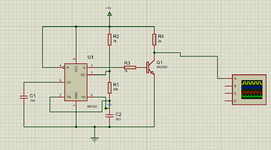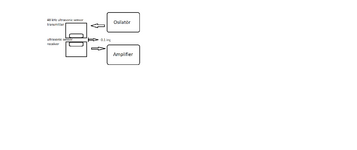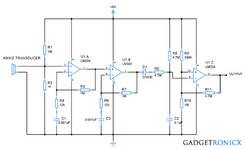aknalemdar
Newbie level 6
I have a 48 kHz receiver and transmitter ultrasonic sensor. I'm trying to build a circuit with these to detect thin objects as thick as paper. I tried to set up an oscillator circuit to drive these sensors. But I was not very successful. I would be glad if you help.


